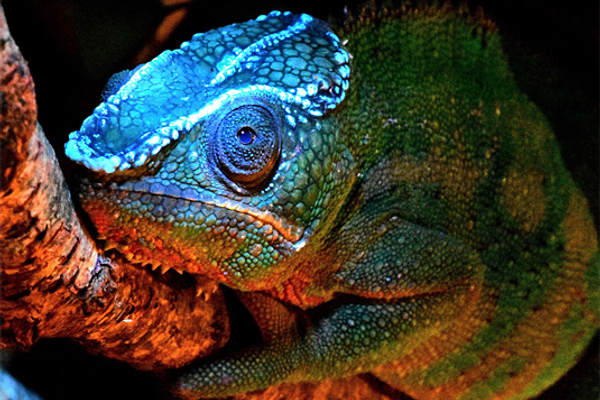Found: Two New Species of Dog-Faced Bats
No, they won’t make good pets.

Bat faces can come in so many odd shapes and sizes. They might have giant, improbable ears, funky turned-up noses, or mugs so convoluted that they resemble orchids. So there’s something familiar, comforting, almost friendly about dog-faced bats. Until recently, six species of these flying mammals were known to scientists. Now research has added two more to the list: Freeman’s dog-faced bat (Cynomops freemani) in Panama, and the Waorani dog-faced bat (Cynomops tonkigui) in Ecuador.
“Identifying two mammal species new to science is extremely exciting,” Ligiane Moras, lead author of the study, published in Mammalian Biology, told Smithsonian Insider. Moras, a doctoral student at Universidade Federal de Minas Gerais in Brazil, made the discovery at the Smithsonian’s National Museum of Natural History in Washington, D.C. There, she compared DNA, careful measurements, and field recordings to distinguish the two new varieties.

Gathering data on live bats is probably the biggest challenge for those who study them. Dog-faced bats are known to fly over the tree canopy at higher speeds than many other bats, which makes it particularly hard to catch them. A group of students working with Rachel Page, a staff scientist at the Smithsonian Tropical Research Institute, used specialized mist nets to do the job. The team was also able to record the echolocation call of Freeman’s dog-faced bat (but not the Waorani), so they will be able to be identified in the wild again using a “bat detector.”
“The discovery of two new species of Cynomops is tremendously exciting,” Rachel Page told Smithsonian Insider. “Molecular tools combined with meticulous morphological measurements are opening new doors to the diversity of this poorly understood group.”


















Follow us on Twitter to get the latest on the world's hidden wonders.
Like us on Facebook to get the latest on the world's hidden wonders.
Follow us on Twitter Like us on Facebook